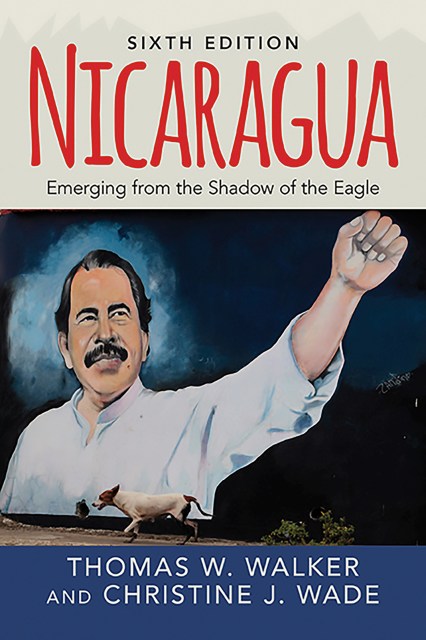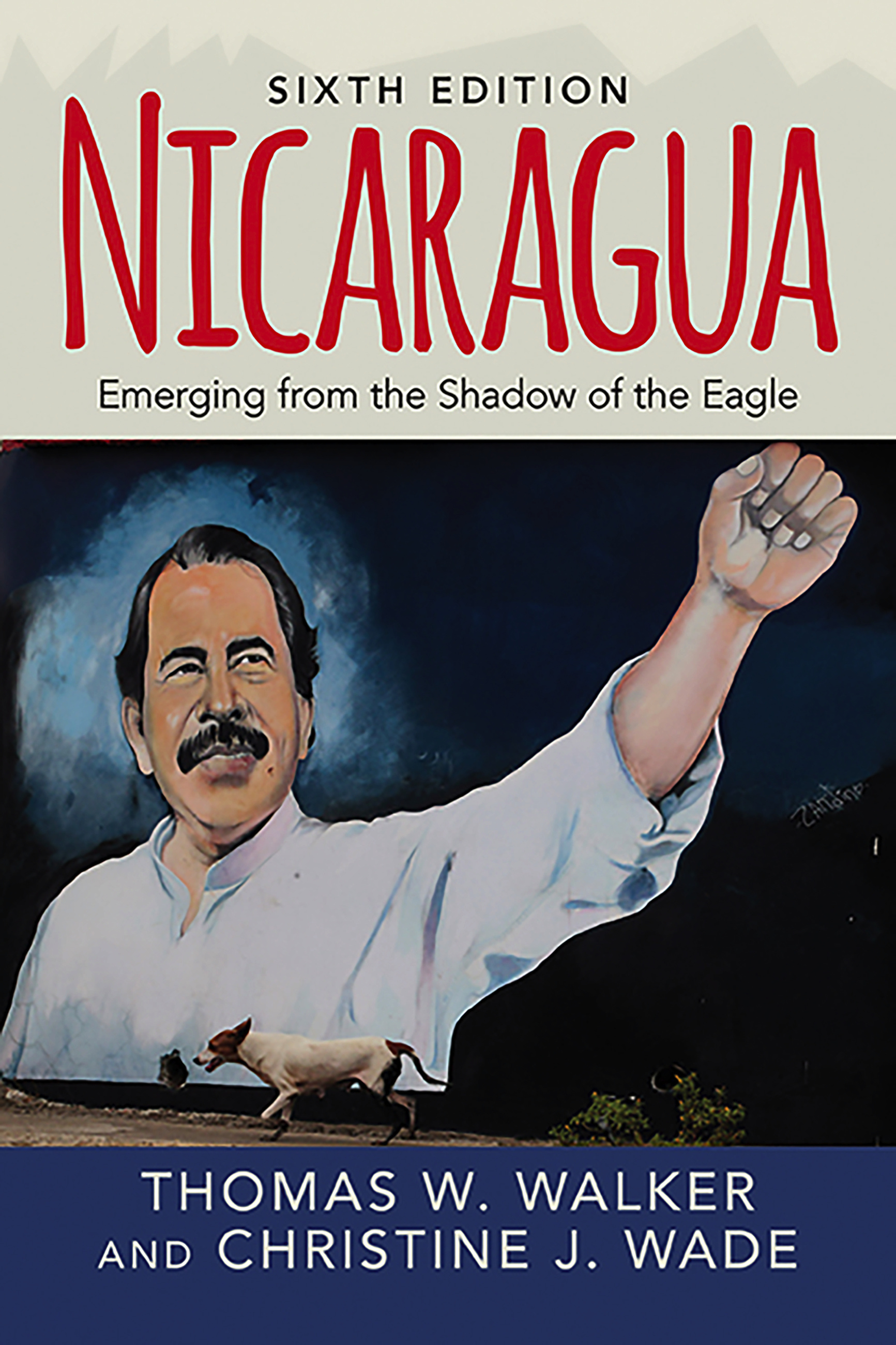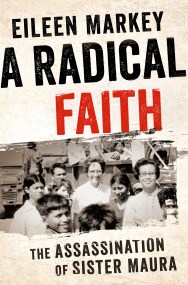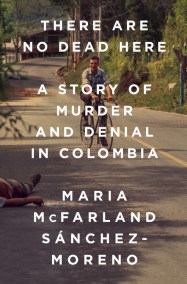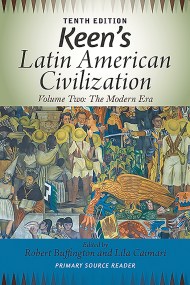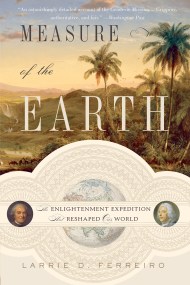Promotion
Use code MOM24 for 20% off site wide + free shipping over $45
Nicaragua
Emerging From the Shadow of the Eagle
Contributors
By Christine J. Wade
Formats and Prices
Price
$35.00Format
Format:
- Trade Paperback $35.00
- ebook $22.99
This item is a preorder. Your payment method will be charged immediately, and the product is expected to ship on or around August 2, 2016. This date is subject to change due to shipping delays beyond our control.
Also available from:
Nicaragua: Emerging from the Shadow of the Eagle details the country's unique history, culture, economics, politics, and foreign relations. Its historical coverage considers Nicaragua from pre-Columbian and colonial times as well as during the nationalist liberal era, the U.S. Marine occupation, the Somoza dictatorship, the Sandinista revolution and government, the conservative restoration after 1990, and consolidation of the FSLN's power since the return of Daniel Ortega to the presidency in 2006.
The thoroughly revised and updated sixth edition features new material covering political, economic, and social developments since 2011. This includes expanded discussions on economic diversification, women and gender, and social programs. Students of Latin American politics and history will learn the how the interventions by the United States—the “eagle” to the north—have shaped Nicaraguan political, economic, and cultural life, but also the extent to which Nicaragua is increasingly emerging from the eagle's shadow.
Genre:
- On Sale
- Aug 2, 2016
- Page Count
- 264 pages
- Publisher
- Avalon Publishing
- ISBN-13
- 9780813349862
Newsletter Signup
By clicking ‘Sign Up,’ I acknowledge that I have read and agree to Hachette Book Group’s Privacy Policy and Terms of Use
